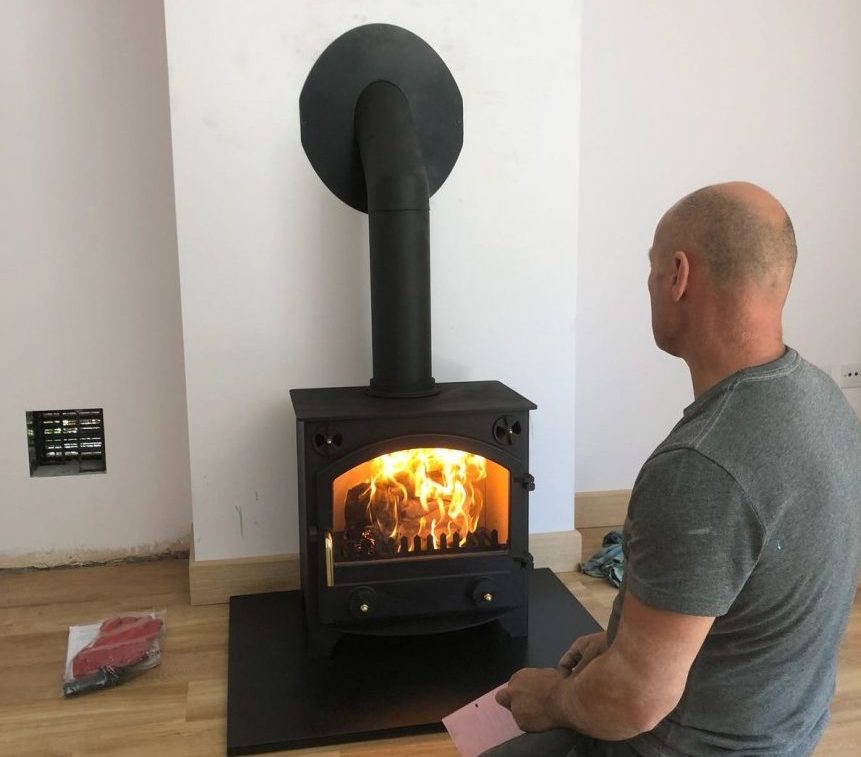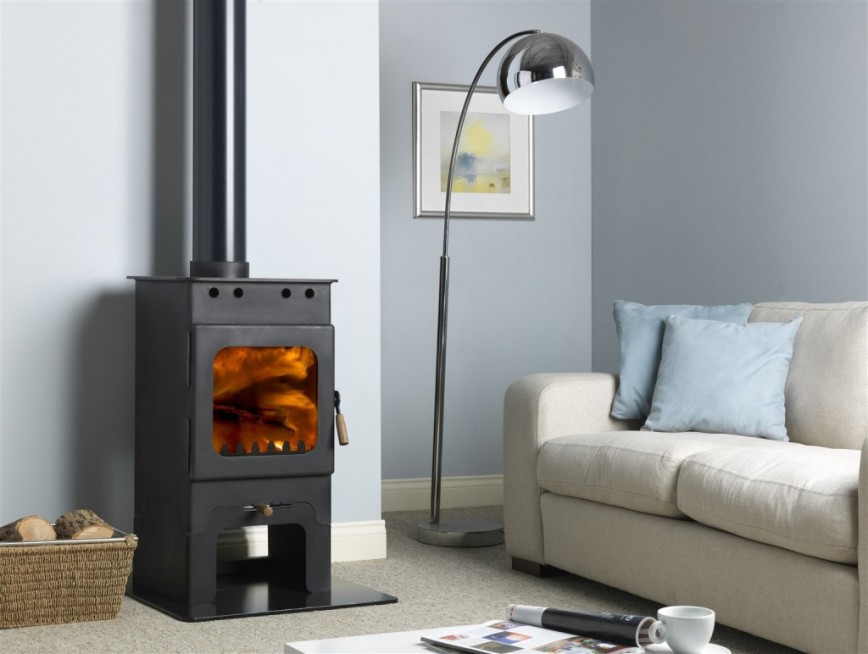In short, yes! But there is a lot more too it and it is important to understand the details before jumping ahead and ordering a new wood burning stove or fire.
Modern Homes
These days a lot of homes are built quite understandably without chimneys. While many homes come with gas fires the flue tends to just exit through an external wall about shoulder level, so it is not of use if you wanted to install a real fire of any kind. Many people naturally assume they simply can not have a real fire but as the trend of owning wood burning stoves continues to ramp up, the question about having one installed becomes more common.
Consult an Expert First

Before jumping in and assuming there are definite solutions, it is critical to speak to a local fire place showroom. There are many dotted across every county but make sure you look for one that has been around a while like www.wakefordfireplaces.com, who have been in Surrey since 1984! Experience is key when it comes to working with chimneyless property, as it is not a small task and something a new installer would have the knowledge to do.
The Solution
In order for a home without a chimney to have a real fire it would need to have a flue installed. A flue is basically a chimney and uses metal piping to create the same effect. In fact, most homes with chimneys still need to have a flue going up through the brick work so it is all properly insulated and safe. Without an existing chimney the flue can be built in one of two ways.
- The flue can be brought out of the stove, through an external wall and up the side of the building to the correct height above the roof.
- The flue can be taken up above the fire and through the floor ceiling, thought any room of roof space above and then out of the roof.
Option 1 is certainly a cheaper option as it doesn’t involves cutting through ceilings, flooring and roofing but it does mean you have a flue running up the side of your home and for some people this is not ideal. Option 2 is less obvious from the outside but, of course, the flue needs to travel up through the house itself and this can cause other issues. For one story buildings option 2 is far better but if you have 2 or 3 floors you would need to create boxing for the flue at each level. One thought many people have is to have the flue running up through the house warming rooms as it goes. Sadly, this is not allowed as there is a fire risk so the flue itself must be heavily insulated to prevent a hot surface in other rooms.
The Third Option
There is a third option when it comes to having a flue installed and for some people it is ideal but it can increase the cost even further. This option involves running the flue inside the house up through the roof but also creating a false chimney breast to cover up the flue. This leaves you with a fire place that looks much more traditional with no exposed flue. However, in order to create this chimney breast, it takes extra time and material including all the relevant insulation.
Finishes and Shapes
There are essentially two finishes available for flues. One is matte black and the other is stainless steel. What a lot of people choose is to have black for the interior and then as the flue moves outside, either low down or through the roof the material changes to a silver stainless steel finish. It is possible to have black on external surfaces, but it is more expensive in some cases.
Even if you need the flue to move out of the building, up, around a bend and then up again it can be done. The flue parts available mean you can buy corner sections of different angles to cope with most building shapes. Of course, there is a limit to the number and level of twists and turns a flue can have as the air flow is critical to the fire working. Too many turns can slow down the air being pulled through and stop the fire burning properly or even lighting correctly.
DIY or Professional
As with most things getting a professional to fit a flue is always going to be the best option. While you can certainly buy flue parts online or from local stockists the actual installation can be complex. Even for experienced builders who can easily cut through walls and roofs choosing the right angles and location for the flue exit and event the final height is best left to the pros! If you are looking for more information the HETAS site can be a useful starting point – https://www.hetas.co.uk/wp-content/mediauploads/BFCMA-General-Guidance-10-12-12.pdf
So now you know! You can have a real fire or wood burning stove in your home even if you don’t have a chimney of any kind!
